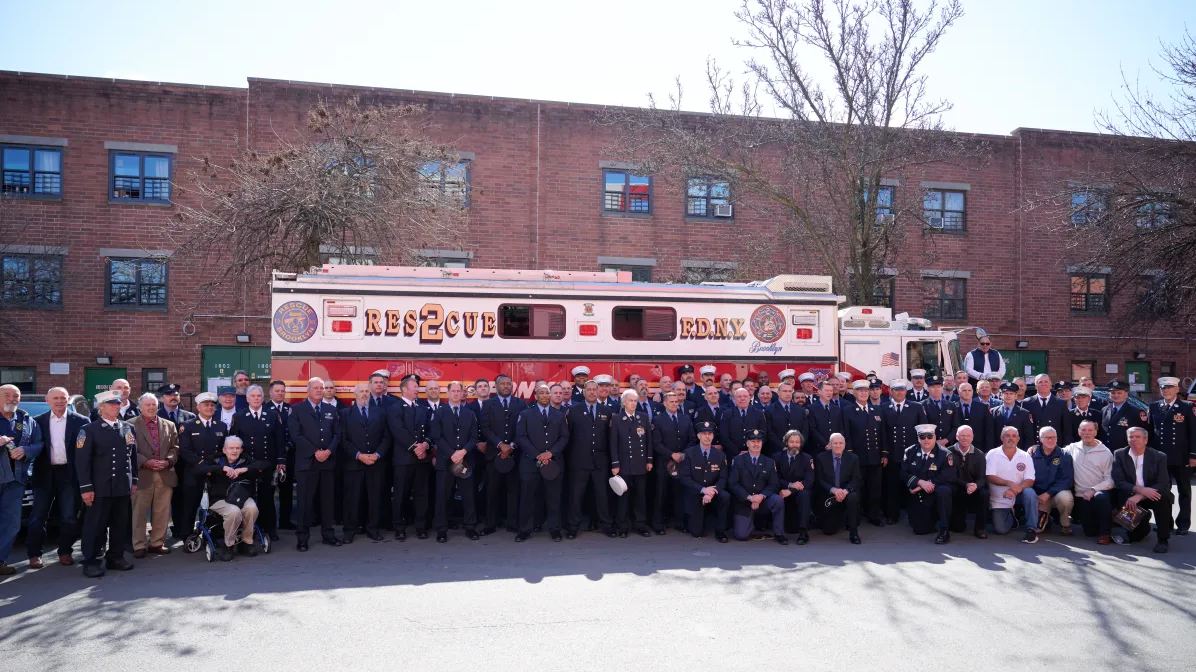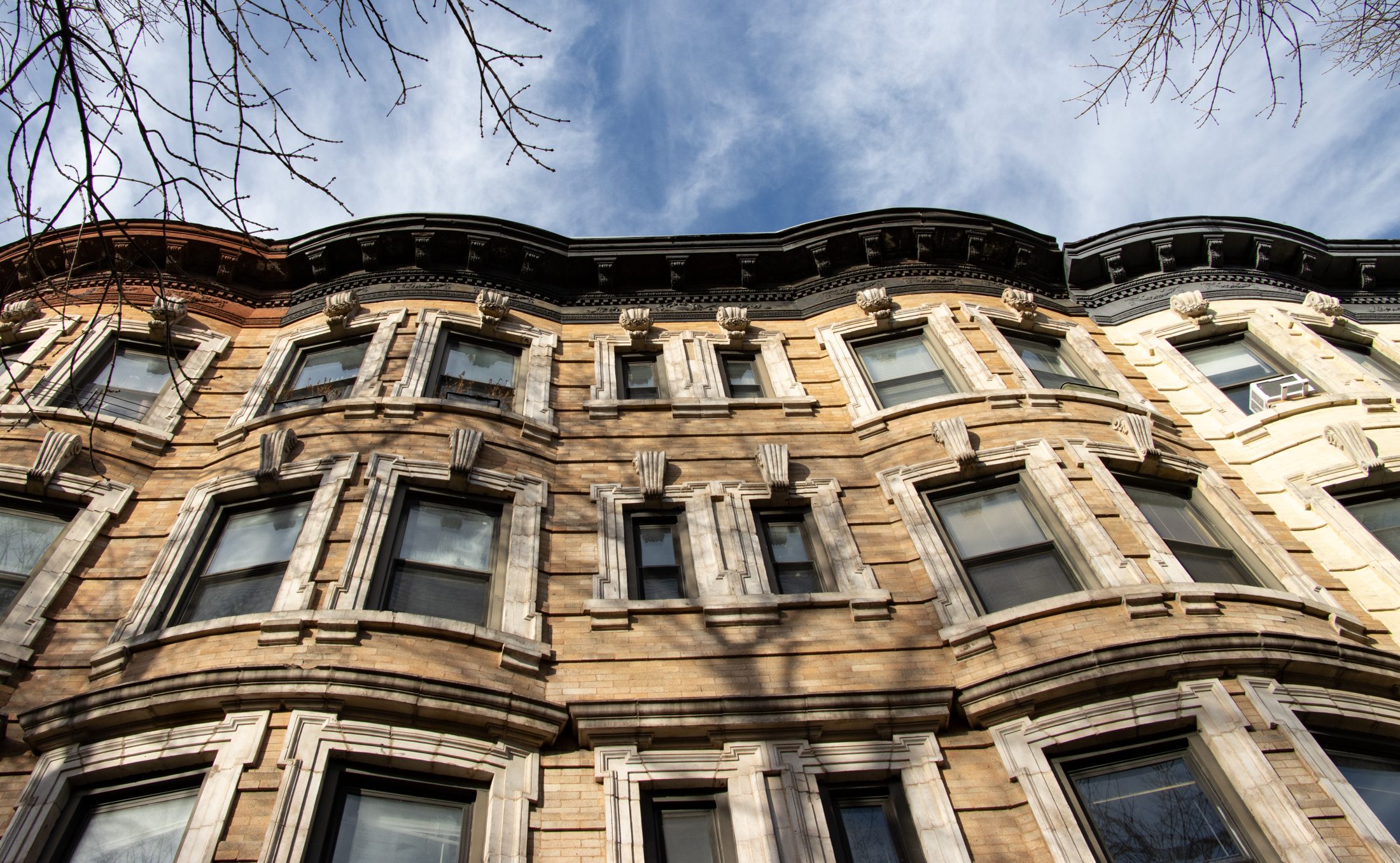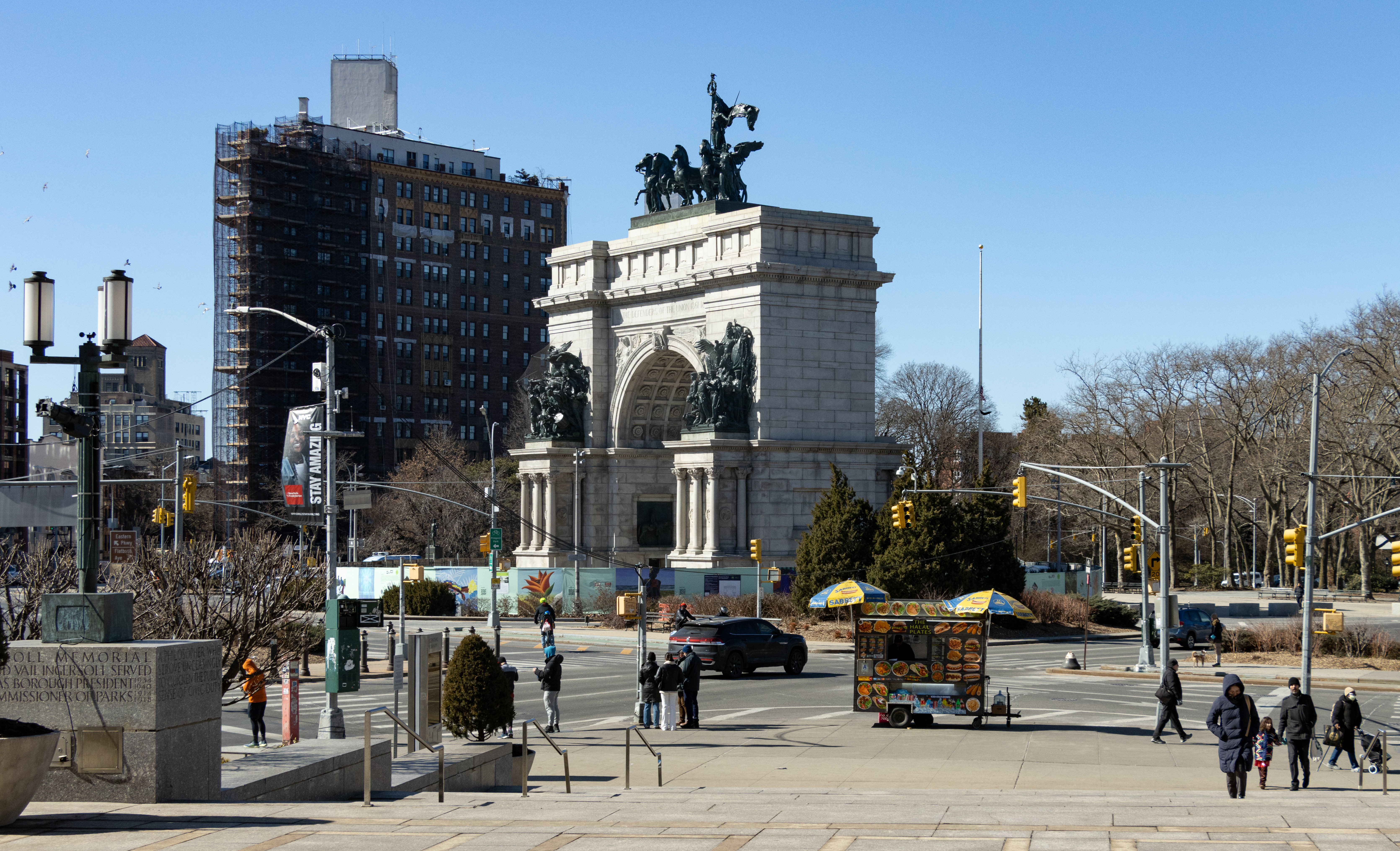Past and Present: The Robert Graves Company of Fort Greene
A look at Brooklyn, then and now. If you’ve ever restored an old house and come upon 19th- or early-20th-century wallpaper, it could have been made by the Robert Graves Company of Brooklyn. Between 1843 and 1929, the Robert Graves Company produced some of the metropolitan area’s finest wall coverings. It did it all: one-of-a-kind…

A look at Brooklyn, then and now.
If you’ve ever restored an old house and come upon 19th- or early-20th-century wallpaper, it could have been made by the Robert Graves Company of Brooklyn.
Between 1843 and 1929, the Robert Graves Company produced some of the metropolitan area’s finest wall coverings. It did it all: one-of-a-kind commissions and limited editions for interior decorators, as well as more modest mass-produced papers for middle-class homes.
Robert Graves was born in Ireland. Unlike many of his fellow Irish immigrants, he did not arrive on our shores with nothing. His father, Sir William Graves, was a well known artist. Robert came to America as a successful wallpaper manufacturer.

Robert Graves Company wallpaper via Brooklyn Museum
The 1840s was a popular period for wallpaper, or, as it was referred to at the time, “wall hangings.” Advances in block printing, pigments and paper technology made wallpaper a popular choice for the tasteful home.
The style makers of the day, such as Andrew Jackson Downing, favored wallpaper for parlors and public spaces. They liked patterns that imitated classical themes such as columns and capitals, swags and garlands, and landscape murals.
The Robert Graves Company soon occupied a large five-story factory and showroom building in the Madison Square section of Manhattan, on East 35th Street. It was selling briskly in New York, as well as across the country.
By the early 1860s, Graves had taken his factory to Brooklyn. He kept the Manhattan building as well and ran a successful shop there. He established a factory on the corner of Fulton Street and Carlton Avenue and by 1863 he was advertising for help in the Eagle.

Robert Graves Company wallpaper via Brooklyn Museum
By 1870, the wallpaper-printing machine had been invented. Rollers saturated with pigment no longer had to be rolled by hand, vastly reducing the time it took to produce the paper.
With this more efficient method of mass production, Graves needed a much larger facility.
He engaged architect William B. Ditmars, an accomplished Brooklyn architect, to enlarge his factory and build another nearby. Ditmars rebuilt the Carlton Avenue factory, raising it to five floors, and joined it in back to a new five-story factory building that opened out onto Adelphi Street.
He also designed a seven-story factory building and showroom that faced Fulton Street, between Carlton and Adelphi streets. This building had a mansard roof and a central tower; the back of it faced a courtyard that connected all three parts of the complex.

Real Estate Record and Builder’s Guide, special edition, 1890
The ground floor on Fulton Street was a high-ceiling retail space large enough to show the company’s entire line of papers, as well as a growing collection of coordinating draperies and accessories. Offices and factory space took up the rest of the building.
As can be seen on the 1887 map, the Robert Graves Company became one of Fort Greene’s largest manufacturers.

1887 map via New York Public Library
In 1882, advancements in printing were made by joining metallic pigments with potato starch glue. This created rich, vibrant shades of gold and copper, which were used to produce details on the intricate papers so favored at the time by the style makers of the Aesthetic Movement.
Wallpaper reached the height of its popularity during this time. There were special dado papers, friezes, borders and ceiling patterns, with only slightly less ornamented field papers for the bulk of wall and ceiling spaces.

Aesthetic Movement as realized by Bradbury Wallpapers via Bradbury.com
This was the multi-patterned and intricate style period that modern wallpaper companies such as Bradbury & Bradbury replicate today.
Every surface of a wall or ceiling not covered with woodwork was covered in paper. Companies like Robert Graves were working nonstop to make the myriad patterns and designs demanded by their customers.
This all made Robert Graves exceedingly rich. He and his wife and children lived at 215 Lafayette Avenue, in a rather small Italianate brownstone between Vanderbilt and Clinton avenues.
In addition to the wallpaper company, Robert Graves also invested a lot of money in Manhattan and Brooklyn real estate. He was now wealthy enough to do anything he wanted, like indulge in his passion for art. He had already amassed quite a collection of important contemporary paintings and sculptures.
He purchased a large parcel of land on Clinton Avenue, the area’s premier street, and commissioned architect William Mundell to design the best house on the Hill. It would be an enormous mansion with a large addition to house his art collection. The house was begun in 1884 and was supposed to be completed in early 1886.

Robert Graves/Pouch Mansion via Brooklyn Public Library
But on December 21, 1885, his beloved wife Cesarine Amelia Graves died after a long and painful illness. Robert was devastated. The house was later completed but he never moved in. The house sat there, empty.
Robert Graves died less than a year later, in 1886; his friends said he died of a broken heart. His eldest son, Robert Graves Jr., took over the company, which was still growing.
In 1889, the Robert Graves Company built a much larger facility in Sunset Park at 153 35th Street, between 3rd and 4th avenues, near Bush Terminal.
The Graves estate went into probate in 1889, and in 1890 the entire portfolio of Graves real estate went up for auction. It was such a large amount of property that the Real Estate Record and Building Guide printed a four-page extra edition booklet with photographs and descriptions of all of the buildings.
Included in this were the Fulton-Adelphi-Carlton factory buildings and the Clinton Avenue estate. The mansion was sold to Alfred Pouch, who lived in it for a while before turning it into Clinton Hill’s premier event space.
The house was torn down during World War II to build the naval housing complex now known as the Clinton Hill Co-ops.

1904 map via New York Public Library
By 1904, when the next series of maps appears, the three buildings had three different owners and purposes. The Fulton Street showroom was home to the Smith Piano Company.
The Carlton Avenue building became the Fulton & Flatbush Storage Warehouse, and the Adelphi Street building became the factory building for the N. & P. Scott Show Case Manufacturers.
445 Carlton became a factory for John Bené & Sons, Manufacturing Chemists, in 1941.

Brooklyn Eagle ad, 1941
In 1973, anything remaining on this site was torn down for the affordable housing complex that now takes up the entire block between Fulton and Adelphi Streets and Carlton and Atlantic Avenues. Adelphi Street has been de-mapped.

Fulton Street at Carlton Avenue. Photo by Scott Bintner for PropertyShark
The Robert Graves Company went public in 1900. A new retail store opened in the Hill neighborhood; there was also a store downtown on Bridge Street and a branch in Manhattan. The main showroom remained on Madison Avenue and 33rd Street.
Robert Graves Junior ran the company until his death in 1929. He committed suicide after a troubled marriage, business problems and a scandal involving a lady of the evening. That will most definitely be a story for the near future.

1911 Brooklyn Eagle ad









What's Your Take? Leave a Comment